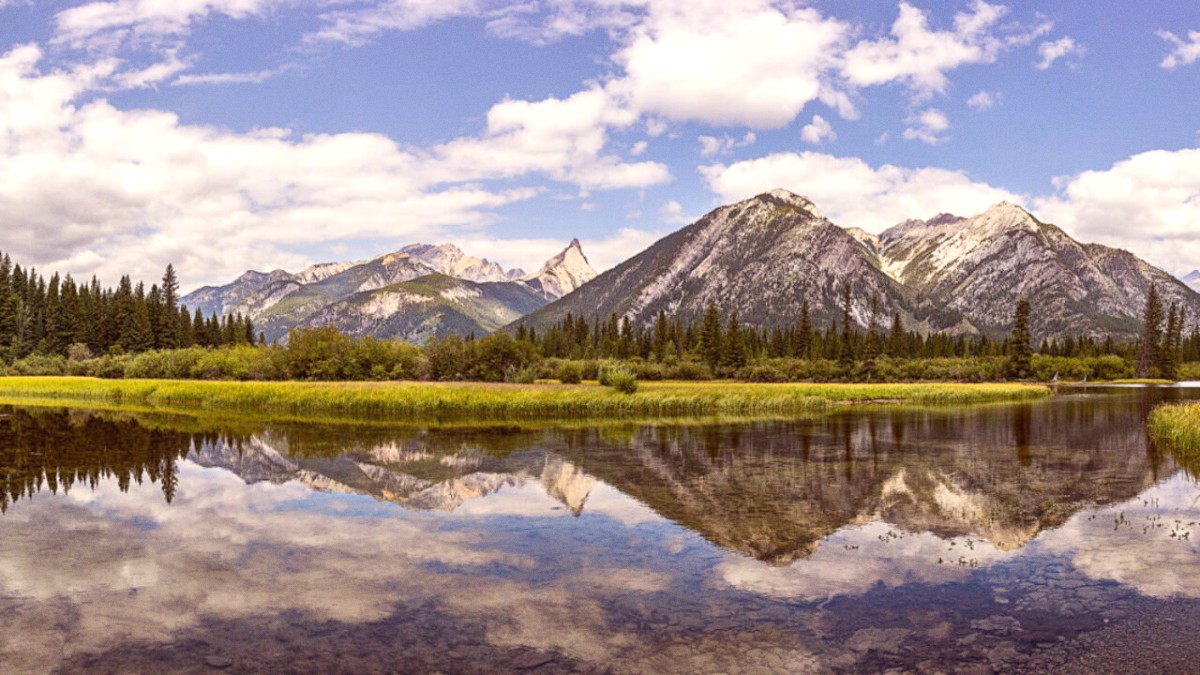
Manitoba, Canada
This meeting of two distinct biomes creates a dynamic environment. It shapes the local climate, supports unique ecosystems, and attracts a remarkable array of wildlife. Hudson Bay, this immense saltwater body, influences everything from weather patterns to the migration of polar bears. The bay's annual freezing and thawing cycle dictates the arrival and departure of the bears.
The area around Churchill is relatively flat, defined by the expansive tundra to the north and east, and the sparse boreal forest to the south. The landscape features rocky outcrops, wetlands, and permafrost beneath the surface. This frozen ground influences plant life and makes construction challenging. The treeline, a visible boundary where trees struggle to grow, marks the transition between these two zones. This distinct geographical feature is a sight in itself, displaying stark beauty and a sense of remoteness.
Churchill's isolation from major road networks further distinguishes its status. No highways connect Churchill to southern Canada. This means all goods and people arrive by air or train. The flat terrain renders expansive northern skies, ideal for aurora borealis viewing.
The Dene, Cree, and Inuit peoples lived, hunted, and thrived here. Their deep knowledge of the land, its resources, and the seasonal cycles allowed survival and prosperity. They developed sophisticated hunting techniques for caribou, seals, and other wildlife. They understood the migration patterns of polar bears and beluga whales. Their trade routes extended across vast northern territories, connecting communities and sharing resources.
European exploration began in the early 17th century, seeking the Northwest Passage. Jens Munk, a Danish explorer, overwintered near Churchill in 1619-1620. Later, the British Hudson's Bay Company (HBC) established a trading post in the early 18th century. Fort Prince of Wales, a massive stone fort, became the cornerstone of HBC operations. French forces captured the fort in 1782, partially destroying it. Its ruins today are a testament to this period of colonial rivalry.
European exploration for Northwest Passage begins.
Jens Munk's overwintering.
Hudson's Bay Company establishes presence.
Construction of Fort Prince of Wales begins.
Fort Prince of Wales captured and damaged by French forces.
The 20th century brought new significance to Churchill. In 1929, the Hudson Bay Railway reached the town. This connected Canada’s prairies to an Arctic deep-sea port. Churchill became a hub for shipping grain from the agricultural heartland to international markets. The port gave Canadian farmers access to European markets via a shorter route, boosting the town's economic prosperity.
During World War II and the Cold War, Churchill served as a military base and a rocket research range. These activities shaped its character and infrastructure. The military presence brought new populations and technologies to the North.
Today, Churchill has transitioned. Its main significance centers on being a global hub for Arctic wildlife research and tourism. The town’s history intertwines with its natural environment. This makes it a place where visitors learn about human resilience and ecological wonders.
Visit the Itsanitaq Museum to see Inuit art and artifacts.
Churchill, Manitoba, presents an unique travel experience, distinct from typical tourist destinations. It is a place defined by its raw natural beauty, its remarkable wildlife, and the warmth of its small, remote community. A trip to Churchill means immersing yourself in the subarctic environment, with the constant possibility of encountering iconic animals.
The main draw for most visitors is the chance to see polar bears. These magnificent creatures gather on the shores of Hudson Bay in autumn, awaiting the ice to form. This period, from mid-October to mid-November, transforms Churchill into a hub of activity. Specialized Tundra Buggies transport visitors onto the tundra, a safe and elevated platform for observing the bears. These tours give close-up views without disturbing the animals. Outside of this peak season, bears are still present, but sightings are less predictable.
Summer brings thousands of beluga whales to the Churchill River estuary (July-August). Boat tours, kayaking, or snorkeling among them are possible. Belugas are curious and often approach boats.
Churchill is a prime location for aurora borealis viewing. Winter months (February-March) offer the clearest nights. Dedicated tours take visitors to optimal viewing spots.
The town has around 900 residents. Services are limited, and prices for goods and food are higher. The community is welcoming and resilient, with local museums and visitor centers.
A trip to Churchill calls for planning. High demand and limited infrastructure mean booking accommodations, flights, and tours far in advance, especially for peak seasons. The weather can be extreme, especially in winter, necessitating specialized cold-weather gear. This experience may not suit everyone, but for those seeking a true wilderness adventure, a connection with nature, and a glimpse into an unique northern way of life, Churchill presents an unparalleled journey.
Extreme cold, -20°C to -30°C. Wind chills below -40°C. Snowfall is common. Hudson Bay frozen. Adequate cold-weather gear is a must.
Temperatures rise to 0°C to 10°C. Thaw season. Hudson Bay ice breaks up. Bird migration begins. Mosquitoes and blackflies emerge.
Temperatures decline, -5°C to 5°C. Snow may fall in October. Wind chills are a factor. Hudson Bay begins to freeze, drawing polar bears to the coast.
Fewer crowds. Lower costs possible. Good chances for aurora viewing. Some late-season beluga tours. Polar bear sightings are less guaranteed.
Best Northern Lights displays. Dog sledding, snowshoeing possible. Extremely cold temperatures. No polar bears or belugas present.
Quietest time. Potentially lowest prices. Severely cold temperatures. Limited activities beyond aurora viewing. Short daylight hours.